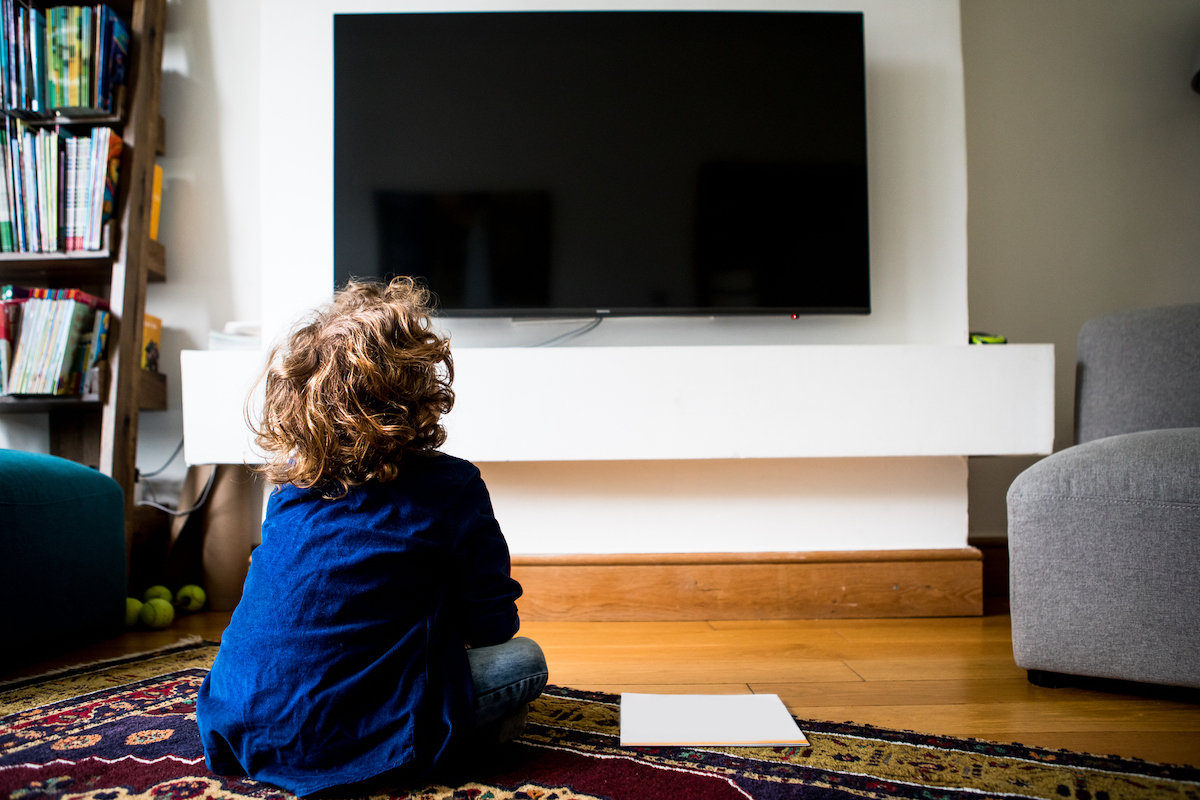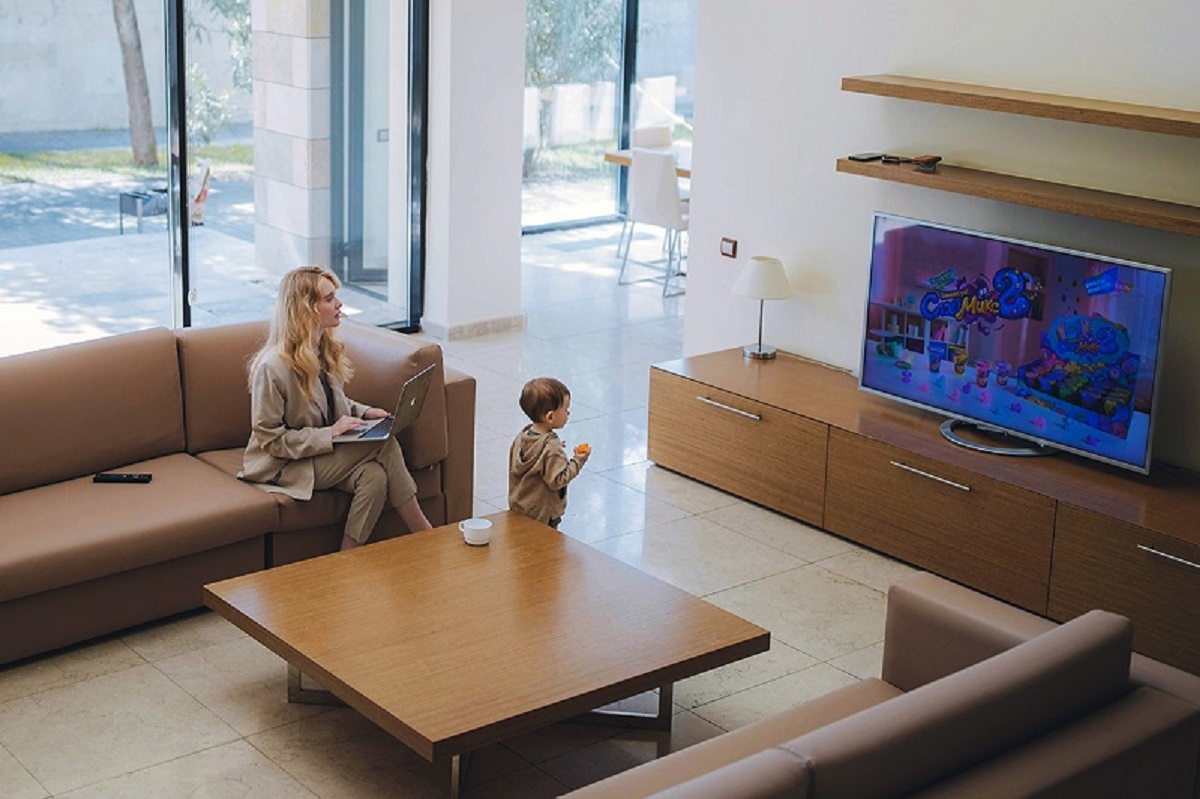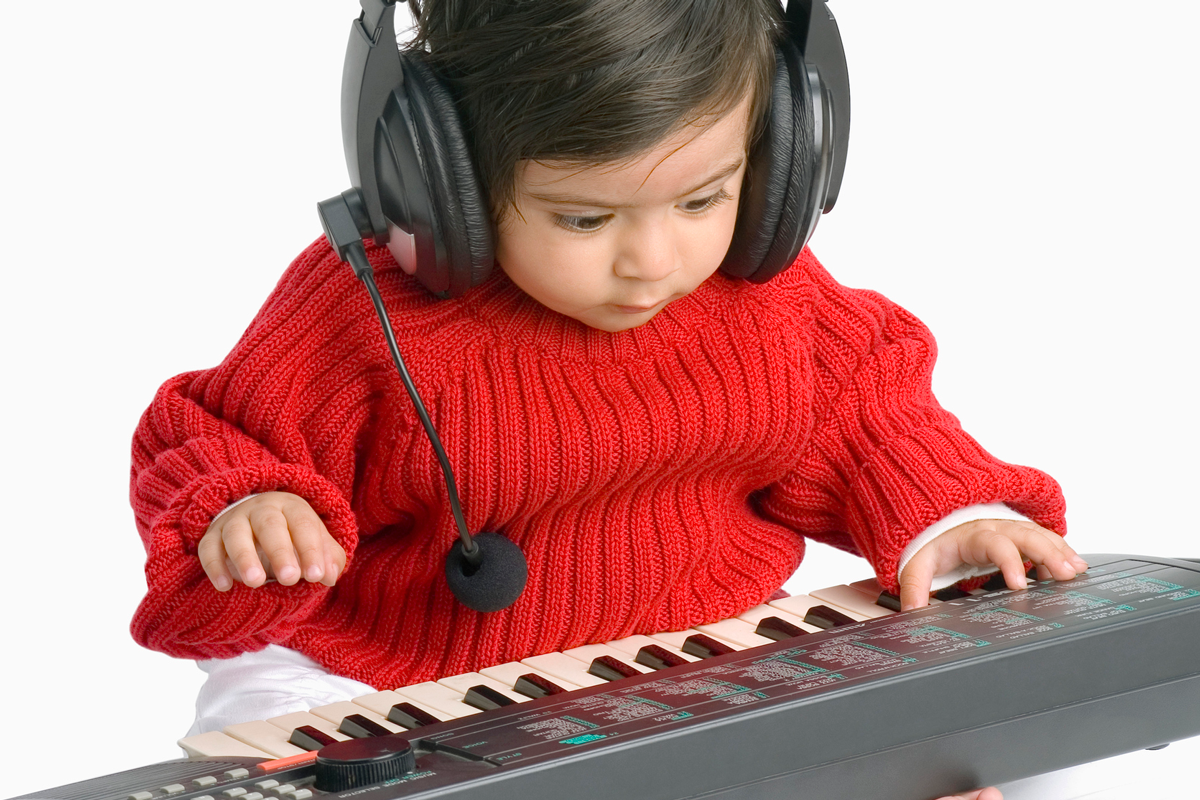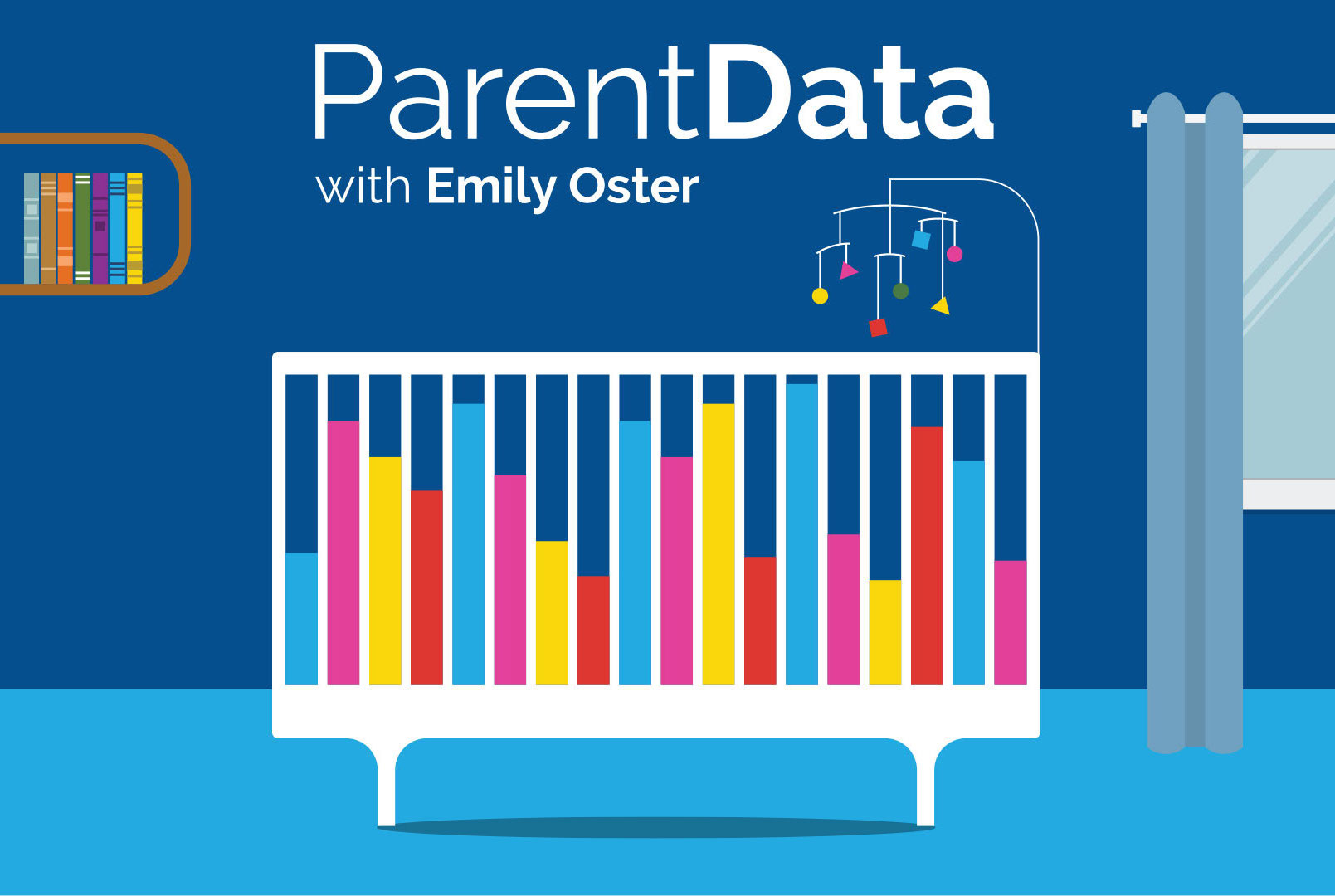Our 4-year-old son loves Octonauts, but we don’t allow more than about one hour of screen time for him per day. His rather resourceful workaround for this has been to request that we just play his favorite show over the speakers (e.g. over Bluetooth in the car while driving to school) so he’s getting an audio-only experience. My wife thinks this is just as “bad” (i.e. overstimulating, mind-numbing) for his brain as if he was watching the show on an iPad. I’m of the opinion that it is no better or worse than if he was listening to a story-time podcast (like “Thomas & Friends”). How might we think of approaching this?
-Devoted Dad
Octonauts! First, let me say it could be worse. Wait until your wife finds out about YouTube unboxing videos. Yesterday my son made me watch six minutes of someone called HopeScope unpack a Barbie Dreamhouse from the early 2000s. In addition to the complete lack of substance, there is something disturbing about hearing a person describe a time period when you were in college as “retro.”
I digress.
The premise of your question, I think, is whether there is some important distinction across content, with some content (either listening or watching) being “better” than others. Is “Thomas & Friends” somehow improving your son’s cognitive capacity, while the Octonauts audio is not? There is little data to support this. It’s already hard to study impacts of media time at all, and when we get to asking about particular content, we’re pretty much lost. To the extent we do have evidence, though, it does not suggest that content matters very much. Violent video games, for example, do not seem to lead to violent behavior.
I’m not suggesting you let your child listen to violent video games in the car, and you obviously want to be thoughtful about what is age-appropriate. But the content distinction your wife is drawing isn’t evidence-based. I should also add: audio and video are not the same in the way the brain processes them. If your son wants to get the feel of Octonauts while hearing only the audio, he’s got to turn on the imagination part of the brain.
There is an underlying question, which is whether you should allow listening to audio content in the car at all. Would it be better not to do that — to just insist the car be a place of interaction?
To that I would give you my general question on media consumption: ask what the alternative is. My kids listen to music or audiobooks on every long car trip, since the alternative is vomiting. On shorter trips, the alternative is talking, and we’ll sometimes leave the audiobooks behind because cars are a great way to get your tweens to talk to you. Maybe hold on to that one for a few years.
Community Guidelines















Log in